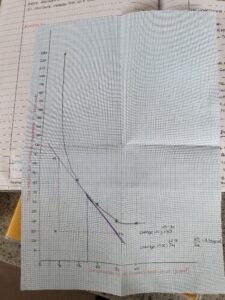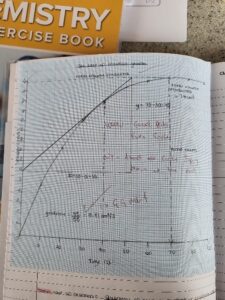
This term, all of our Year 10 physicists have been studying the unit of ‘Energy’, so its time for our annual Physics competition.
A ride on a rollercoaster is a perfect example of physics in action. Rollercoasters rely on a store of gravitational potential energy as it transfers into kinetic energy and back again, over and over again.
The UK’s tallest rollercoaster, The Big One at Blackpool Pleasure Beach, starts with the train being cranked to the top of a massive 72m hill. On rides like this, your anticipation builds with the clanking of the chain, as it pulls you slowly up the hill, increasing your gravitational potential energy. Gravity then takes over, pulling the cars down a 65° drop. As the train dives, the gravitational potential energy decreases and the kinetic energy increases as it accelerates to around 34 m/s.
Every Year 10 physicist has been tasked with designing their very own rollercoaster. Each rollercoaster design must include calculations of gravitational potential energy, kinetic energy and elastic potential energy. Their rollercoasters must also have a clear theme.
There will be prizes for the best designs with the most accurate calculations:
- 1st place – £15 amazon voucher
- 2nd place – £10 amazon voucher
- 3rd place – £5 amazon voucher
Good luck, Year 10!
Miss Forrest
Science Department














































